Why New Mexicans addicted to opioids can’t get the medicine they need
Buprenorphine is the best tool doctors have for patients trying to end dependency on drugs like fentanyl and OxyContin. Unfortunately, DEA regulations keep it in dangerously short supply.
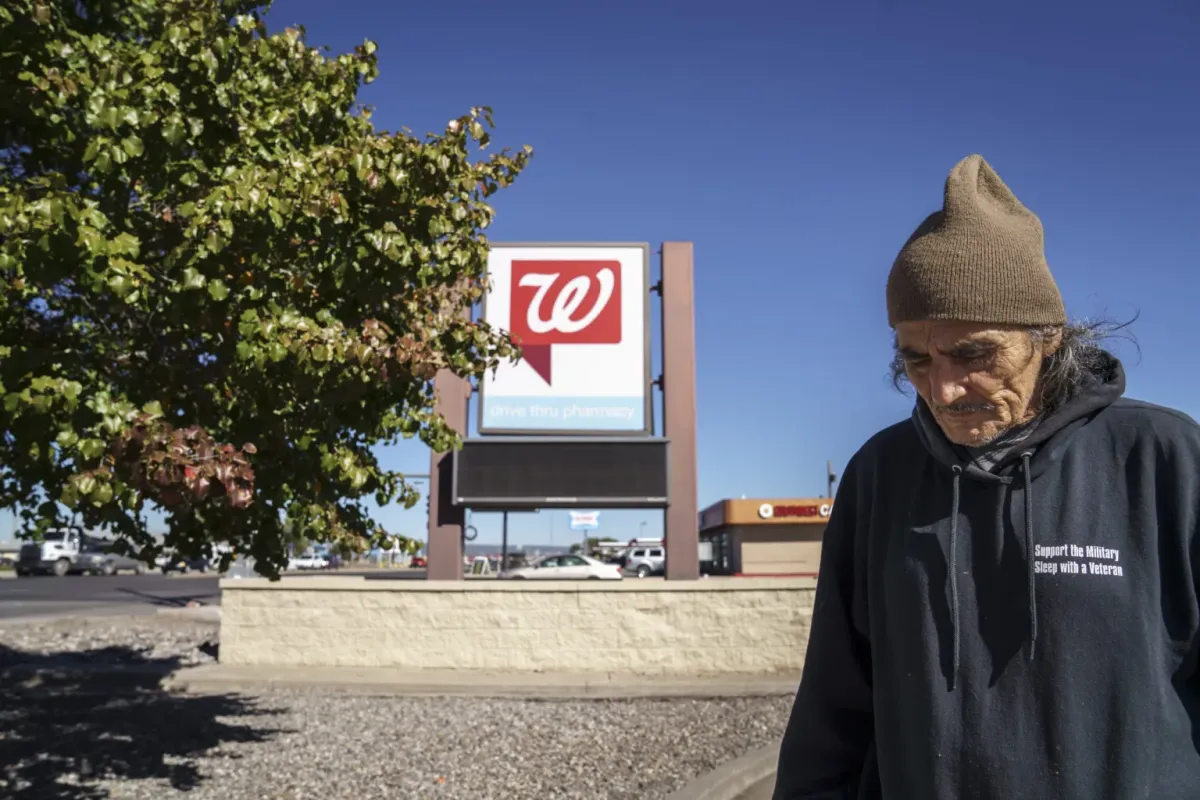
Susanna Space, Searchlight New Mexico
This article was first published by Searchlight New Mexico. It is being shared here under a Creative Commons license.
ESPAÑOLA - Daniel Valerio wants to get back to the mountains. The 69-year-old Marine Corps veteran has been out of work since Colorado’s Wolf Creek ski area shuttered temporarily during the early days of the pandemic. He ran a restaurant there and skied in his spare time. Before that, he taught skiing at Taos, Sipapu and Santa Fe. But Wolf Creek was his dream.
Employment is on Valerio’s mind lately, since it would be good to have money again. He’s trying to get a house on property he owns in Alcalde fixed up so he can move out of his trailer. He also wants to get a car running; that way, he won’t have to rely on public transportation and his cousin for rides.
Valerio loves the outdoors and fondly remembers a job he had some 30 years ago with The Mountain Center, an adventure-based behavioral health nonprofit headquartered in Santa Fe. As part of what’s sometimes referred to as a “hoods in the woods” program, he hiked and camped with kids who were in rehab from drugs and alcohol, some of them juvenile offenders. When Valerio and I spoke on a cool morning in September, he recalled how much he enjoyed helping young people get their lives together.
When he goes to The Mountain Center these days, though, it’s to get treatment for diabetes and a compromised liver and kidneys, problems that may have originated from chemical exposure he suffered as a young Marine at Camp Lejeune, in North Carolina. He also gets prescriptions written there, including one for the medication he takes to stay off opioids. He got hooked ten years ago, when he was prescribed oxycodone after undergoing surgery to remove cysts in his neck and shoulders.
The drug he needs, buprenorphine, is also an opioid, but it’s been proven to be effective in treating opioid use disorder (OUD). Unfortunately, when Valerio’s doctor calls in a prescription, it’s anyone’s guess whether he’ll actually get the pills that help keep his life on track.
“They say, ‘We won’t be able to get it for a week,’” he told me, recalling a recent trip to the Walgreens in Española. “Or, ‘We don’t have any.’” He thought there might be a manufacturing problem, that the pharmaceutical companies couldn’t make it fast enough.
But there are plenty of buprenorphine pills in existence. The issue isn’t with The Mountain Center, either, or with insurance, though Medicaid approval can be slow. In a classic example of bureaucratic side effects, the drug that is the single most useful tool we have for treating OUD — in Española, across New Mexico and throughout the United States — is being kept from the people who need it most. It gets stuck in a regulatory no-man’s-land created by a mechanism that’s mostly invisible to patients, doctors and even pharmacists.
Known as the Suspicious Orders Reporting System (SORS), this network serves as a digital monitor of every prescription opioid ordered by U.S. pharmacies. It was created in response to the opioid crisis, intended as a way to prevent oversupplies of dangerous drugs. SORS, which is overseen by the federal Drug Enforcement Administration, prevents pharmacies from overstocking opioids, including one that’s critical to addiction recovery: buprenorphine.
When the pills run out, all the pharmacists can say to someone like Valerio is to try again tomorrow. All he can do is climb back onto the Blue Bus and go home empty-handed. Like many recovering from OUD, he wonders if he’ll be able to obtain his medication before the fierce anxiety, sweats and chills of withdrawal set in. He wonders if can hold on, or if he’ll have to look for something on the street.
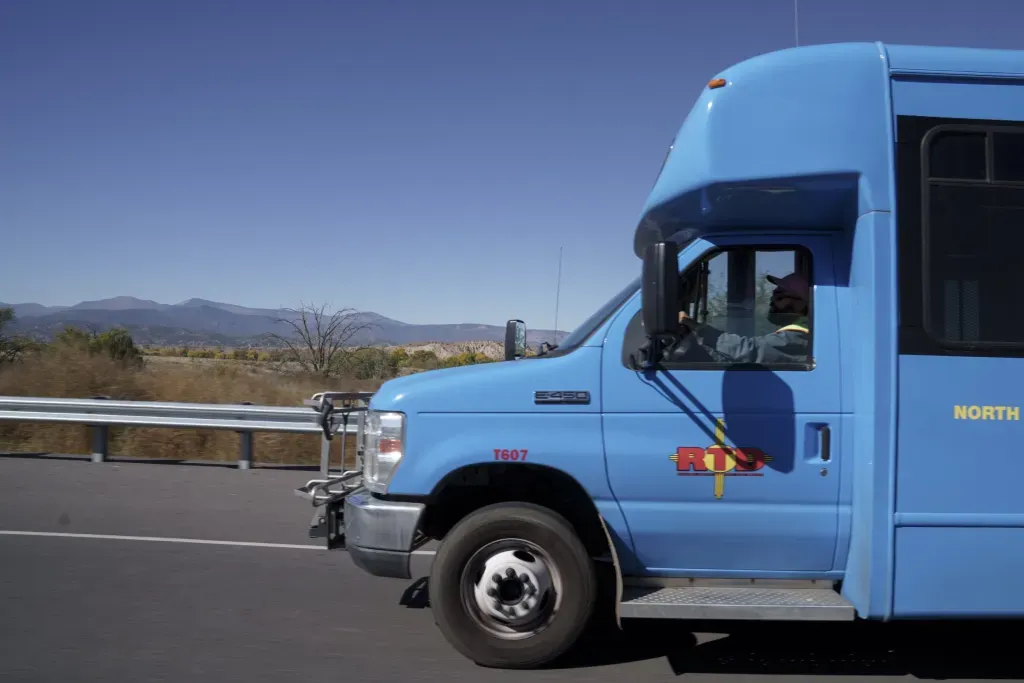
The path to a “nightmare drug”
In September, the U.S. Department of Health and Human Services (HHS) renewed its declaration that the opioid crisis is a nationwide public health emergency, a status that’s been reaffirmed over a seven-year period by three different HHS secretaries. Across the country, at least 10 million people misuse opioids each year.
This infamous epidemic began in the 1990s with Purdue Pharma’s introduction of the dangerously addictive opioid OxyContin, a powerful drug that the company marketed heavily and claimed was safe. OxyContin and other similar opioids were overprescribed by doctors all over the U.S. — some of whom received kickbacks for hitting high numbers.
These actions, along with pharmaceutical lobbying and lax regulations, fueled the spread. In the early days, the crisis mainly affected more affluent populations. But over time, as the medications proliferated and morphed from prescription pills to the synthetic opioid fentanyl, the drugs have devastated low-income, racially isolated and rural communities. Over the past quarter century, opioids have claimed the lives of more than half a million Americans.
Today, opioids continue to stress an already overburdened healthcare system, with no end in sight. In New Mexico, more than 80,000 people — nearly four percent of the state’s population — suffer from OUD. The state ranks eighth in the nation for overdose deaths, and in Rio Arriba County, where Valerio lives, New Mexicans are dying of overdoses at double and even triple the rates of neighboring counties.
Valerio’s path is all too familiar. After his 2014 surgery, a doctor prescribed oxycodone. The painkiller soothed his discomfort, and he quickly got used to the relief he felt when it took hold. When he asked for refills, his doctor obliged. For more than four years, he kept getting prescriptions for a drug known to be addictive.
Studies have shown that people vulnerable to OUD can experience the physiological effects of addiction after only one dose, and once dependence takes hold, they often need to take the drug just to be able to function. Some are more vulnerable to addiction because of psychological factors like depression or past trauma; Valerio suffers from both. Going without opioids can cause a person with OUD to enter a state of acute withdrawal, both physically and psychologically.
Prescriptions for OxyContin and similar medications were the most frequent source of opioid misuse when Valerio got hooked. But these days fentanyl, which is 50 to 100 times more potent than heroin, has flooded the illicit drug market. It can be manufactured cheaply in illegal home labs by people out for easy profits, and it’s often combined with other drugs — like methamphetamines and cocaine — and packaged deceptively as something less dangerous.
“It’s a nightmare drug,” says Leslie Hayes, a physician and addiction specialist at Española’s El Centro Family Health, a network of rural clinics serving patients in northern New Mexico regardless of their ability to pay. Hayes has trained physicians across the state in OUD treatment and the use of buprenorphine. “The mixing process is pretty erratic,” she says of fentanyl, “so you can get pills with anywhere from almost no fentanyl in it to doses that are going to be lethal.”
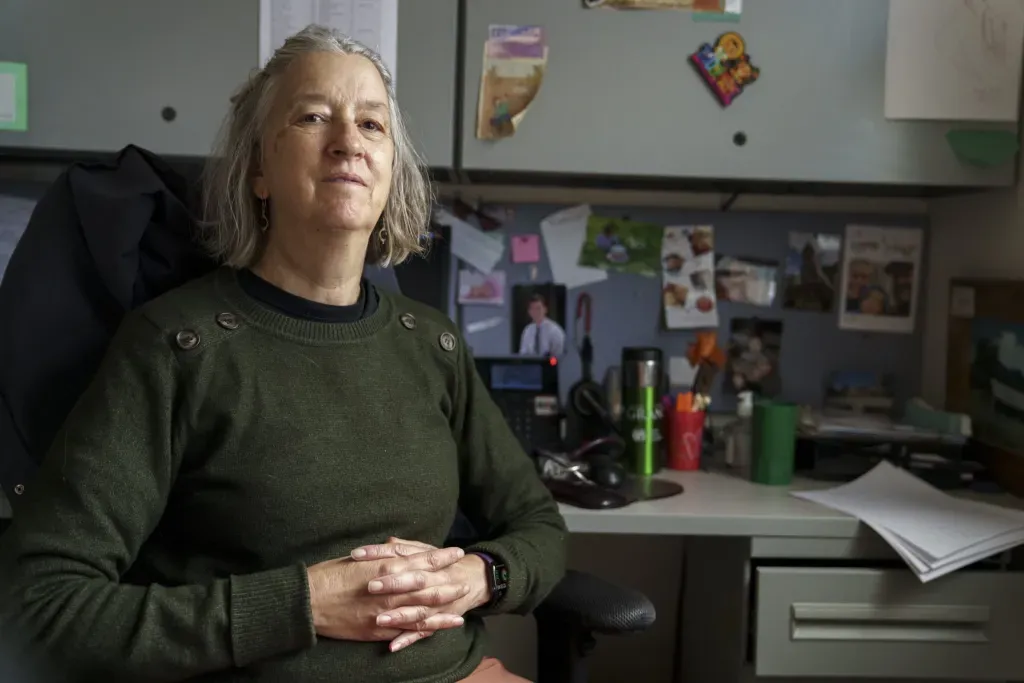
“A lot of people don’t even know what they’re taking,” says Jennifer Burke, executive director and co-founder of Albuquerque’s Serenity Mesa, a youth transitional living facility. “They say, ‘I took a Xanax,’ and then all of a sudden they’re testing positive for cocaine and fentanyl.”
Valerio knows the danger of opioids sold on the streets. “I want to stay away from it,” he says. “You never know what you’re getting.” But last summer he got tired of coming up short at the pharmacy. When a day became a week, and then longer, he grew desperate.
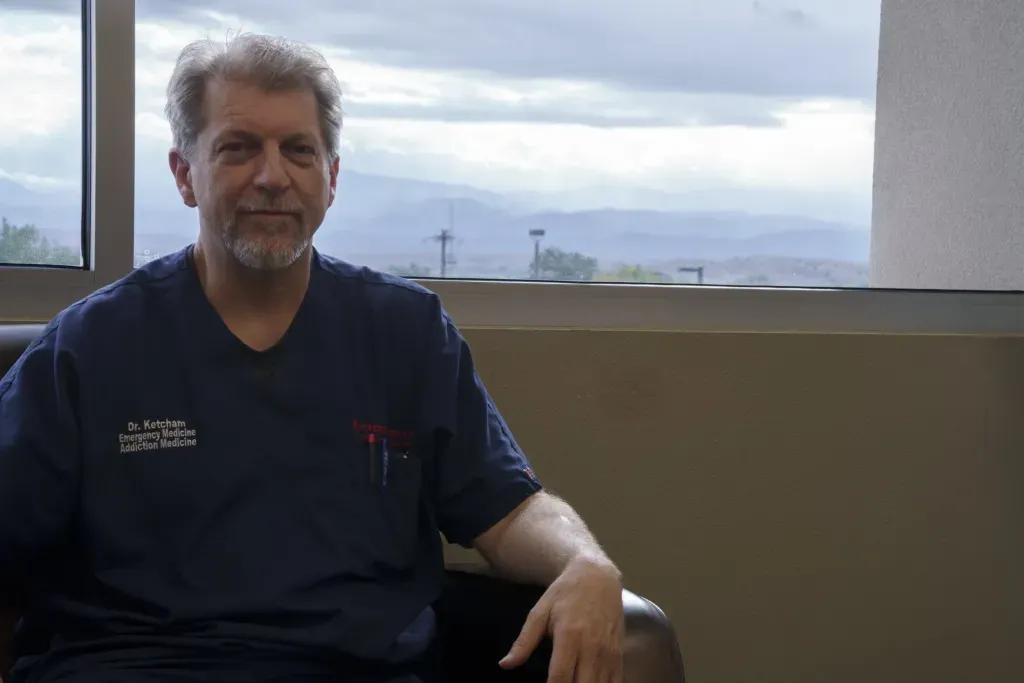
Why buprenorphine works
Four years into Valerio’s oxycodone addiction, his doctor retired. Valerio described what happened after that. “I said, ‘Well, I’ll just go to the VA.’” He added that, at New Mexico’s Veterans Affairs hospital, which is in Albuquerque, “they don’t give you oxycodone unless you’re really dying or have cancer.”
Instead they offered him Subutex, a medication used for treating OUD whose active ingredient is buprenorphine. Less potent and harder to overdose on than the better known addiction medication methadone, buprenorphine allows people to get off opioids more safely, without having to find a clinic certified to dispense it.
Like methadone, buprenorphine ties up the brain’s opioid receptors, reducing the physical pain and sometimes severe anxiety of withdrawal. It’s classified as a partial agonist — meaning it binds to the brain’s receptors the way methadone does, while activating them less intensely — and the overdose risk is lower than it is with a full agonist like methadone. Subutex upset Valerio’s stomach, but he kept taking it because it eased his withdrawal symptoms and reduced his cravings for oxycodone.
Buprenorphine was developed in England in the 1960s. Largely because of the longstanding stigma against people struggling with addiction — and a political and regulatory environment that criminalized drug use — 30 years went by before it was approved for pharmacological applications in the U.S. Until last year, the idea of stocking it at pharmacies was not much of an issue, because most of the country’s doctors couldn’t even prescribe it without enduring a months-long bureaucratic obstacle course.
The federal government’s stake in keeping tabs on addiction dates back to the 19th century, when doctors frequently used heroin and morphine to treat pain. Many patients got hooked, and in 1914 Congress passed the Harrison Narcotics Act to rein in overuse. The law required doctors, pharmacists, manufacturers and others associated with the sale of narcotics to register with the feds.
This came in the wake of a surge of propaganda that stigmatized addiction, and in the years that followed, doctors who treated addicted patients were subject to prosecution. When methadone was developed toward the end of World War II, it too was withheld from doctors’ use. It wasn’t until the 1960s that concerns about criminal behavior associated with heroin use — in particular, by veterans returning from Vietnam with PTSD and other psychological issues — led to the approval of methadone to treat heroin addiction. That approval came with substantial restrictions that are still in place today.
Meanwhile, societal attitudes stigmatizing addiction persisted, and the use of heroin, cocaine, marijuana and other drugs was still viewed by the U.S. government as a problem best handled by law enforcement. Because of this, many doctors refused to take on patients who needed treatment. By 1974, HHS and the Department of Justice had transferred government authority away from the agency responsible for health care oversight to an enforcement agency operating under DOJ auspices.
These days, the DEA controls the distribution of all opioids, including buprenorphine. By 2021, doctors had begun to wrest control of buprenorphine from federal regulation. That year, the Mainstreaming Addiction Treatment Act (MAT) was introduced in Congress to address restrictions on who can prescribe the drug. President Biden signed the bill into law at the end of 2022, allowing physicians across the country to prescribe buprenorphine for their patients with OUD.
Since then, the so-called medication-first model — which allows doctors to provide medications to addicted patients right away, without requiring counseling or other support — has become more widespread, furthering what public health advocates describe as evidence-based practice: a method that has been shown to work.
A dolphin caught in the tuna net
MAT’s passage should have resulted in more patients taking buprenorphine, but making it easier to prescribe was only half the battle. Back in 2018, Congress tried to address the opioid epidemic with the Support for Patients and Communities Act. This law led to the DEA’s creation of SORS. It also defined what were called “suspicious orders” of opioid medications as orders of unusual size or frequency, or those that otherwise deviated from a “normal pattern.” No exceptions were made for buprenorphine.
Pharmacy orders of opioids, regardless of whether they’re meant to treat addiction, trigger an alert that can result in a significant federal fine levied against pharmacies. The DEA thresholds are irregular, and exactly what quantities might trigger a fine is unclear. As a result, no one — not even people behind pharmacy counters — can predict, on any given day, whether the supply will suddenly dry up.
Jason Brian Gibbons, an addiction specialist and health economist at Johns Hopkins University who researches the causes of opioid relapse, says it’s hard to quantify how many people are losing out because of this system. What’s clear, he told me, is that patients with gaps in their prescriptions can experience overdose rates two to three times higher than people who use buprenorphine in a consistent, uninterrupted way.
A study published in the Journal of the American Medical Association in 2023 gives an idea of the scale of missed doses that are happening because of pharmacy shortages. According to the CDC, more than 16 million prescriptions were written for buprenorphine across the country in 2022. Meanwhile, 58 percent of U.S. pharmacies contacted that year on behalf of OUD patients said they did not have buprenorphine in stock, leaving more than 9 million people without critical medications. Another study done in 2022 showed that more than one-third of patients treated with buprenorphine had trouble accessing prescriptions at the pharmacy.
Española and surroundings

“Buprenorphine is like the dolphin caught in the tuna net,” says Eric Ketcham, a physician and addiction specialist at Presbyterian Española Hospital. “The pharmacy chains are hesitant because they’re trying to restrict how much stock they have of all of these medicines.”
Ketcham has testified twice before Congress about OUD, and he talked about buprenorphine. Last winter, he and a group of 15 physician advocates and pharmacists met with the DEA’s Lena Hackett, urging her to amend SORS with a simple exception for the drug. She told them that, as a law enforcement agency, the DEA’s hands were tied.
“It’s really simple,” Ketcham says of the request, which would involve inserting a few sentences into the document that governs SORS, to exclude buprenorphine from its list. “It was really maddening.”
Around that time, a bipartisan group of senators — including Martin Heinrich (D-N.M.) and Mike Braun (R-IN.) — appealed to the U.S. Food and Drug Administration, asking the agency to act by adding buprenorphine to its List of Essential Medicines.
Still nothing.
Then, in May, a group of 21 New Mexico healthcare workers appealed to the state. In a six-page document that described in detail the hardships New Mexicans with OUD faced without reliable access to buprenorphine, the group of doctors, pharmacists and public health experts, which included Hayes and Burke, called on Gov. Michelle Lujan Grisham to use her executive authority to temporarily suspend pharmacy rules — to ensure that patients can access “enough buprenorphine to address the immense unmet need” in the state. The recommendation also urged the governor’s office, the state attorney general and the DOJ to collaborate with other states to end medication shortages.
Lujan Grisham failed to act. In October, a spokesperson for the governor said only that the recommendation was under consideration.
'We don’t have their back'
In March 2023, Walgreens settled with New Mexico for $500 million after an eight-week civil trial. The state presented evidence showing that the company had fueled the opioid crisis by failing to flag suspicious prescriptions and continuing to fill prescriptions already marked as suspicious.
That settlement amount was far smaller than what the state had asked for, and Walgreens did not have to admit wrongdoing. Still, because of the company’s dominant presence in New Mexico, the amount exceeded that of all the other defendant pharmacies combined, a group that included Walmart, CVS and Albertsons. That money was supposed to go toward remedying the damage created by the opioid crisis, but it’s done nothing to help with the buprenorphine problem.
Ketcham saw three patients recently who had relapsed because they couldn’t get their medications. Like Valerio, they went to the pharmacy only to be told to come back another day. Meanwhile, around the corner from Walgreens, Fairview Pharmacy — an independent, locally owned shop — has decided not to stock buprenorphine at all. “We had issues with the clientele,” pharmacist Darrell Sanchez told me. He said that providing medications to people with OUD is “a headache we didn’t want to deal with.”
“These are patients who had recently transitioned to buprenorphine,” Ketcham says. “And they were doing well, and they couldn’t fill their scripts. Days went by and they’re back to using the same amount of fentanyl they were using before.”
For some, the treatment process has to start all over. Some don’t return. Hayes says that while some patients call when they can’t get their prescription, others do not. “They just don’t get it and disappear,” he says.
Ketcham understands the weight of the threat hovering over pharmacies and distributors. “They just paid enormous fines,” he says, and “they want more reassurance” that they won’t be penalized. But he’s seen too many patients thwarted in the hard work of transitioning off fentanyl to have much sympathy for businesses. “They might just give up,” he says of his patients who relapse. “And they might just die of an overdose in the meantime.” Others wind up in jail.
“Every time they disappear and start using fentanyl again they’re at risk for overdose,” Hayes says. “It very much undermines recovery when people think that the medical system doesn’t have their back. And we don’t have their back.”

Until change comes, there’s always the street
Valerio knows that when he has the medicine he needs, he’ll be able to stay away from street drugs and maybe find work. But on a warm September afternoon, when he gets back onto the Blue Bus with nothing, it’s hard. “You wonder if anybody cares,” he says.
When the pharmacy fails, there’s always the street. Valerio couldn’t get his medication last summer, and he did what he knew he shouldn’t: He headed out to find someone who could sell him enough fentanyl to get him through.
“I get asked a lot about getting more providers educated, and I say that’s not the problem where I practice,” Ketcham says. “My problem is my patients can’t fill their prescriptions.”
Not long ago, one of Hayes’s patients drove to five different pharmacies in Española, Santa Fe and Los Alamos before he finally found a place that would fill his prescription. “In the meantime,” she says, “I’m sending a prescription for controlled substances all over the place.”
In October, Sen. Heinrich and Rep. Paul Tonko (D-N.Y.) proposed a bill aimed at finally giving the DEA authority that its officials say is needed to amend SORS. The Broadening Utilization of Proven and Effective Treatment Act aims to change the language in the document that governs its scope, excluding buprenorphine from the list of restricted medications.
“We have been looking for all possible avenues to raise this issue,” says Rita O’Connell, Northern New Mexico Regional Director for Heinrich. She called the impasse “absurd” and emphasized that changing SORS involves not only the DEA but the DOJ and the federal government’s Substance Abuse and Mental Health Services Administration. “If we’re going to call OUD a public health crisis, we should treat it as such,” she says.
Ketcham supports the law. “This shouldn’t be a red-state, blue-state kind of issue,” he says. “But, unfortunately, anything that’s perceived as soft on crime, soft on drugs, it gets difficult politically.” With Congress under Republican control again in 2025, change could be that much harder.
Meanwhile, in Española and elsewhere, physicians will continue to rely on workarounds, knowing that some of the patients most in need will fall through the cracks.
One Española physician practice, which requested anonymity due to safety concerns, found an Albuquerque pharmacy willing to help. For reasons mysterious to the doctors, that pharmacy isn’t hitting SORS thresholds — at least not yet. So they’re shipping buprenorphine prescriptions to Española. The arrangement increases work for the practice, but their patients are better protected against relapse.
Hayes has found a partial solution in a mail-order pharmacy. But, she says, that only works for patients with stable housing. And even those who can receive medications at home are at risk of having the pills stolen from their mailboxes. Earlier this year, after complications from a virus landed Valerio in the hospital, thieves broke into his trailer. When he got back home, his TV and air conditioner were gone, along with his buprenorphine.
Ketcham has been able to get some patients on an injectable form of the medication, which lasts a month. It’s a good option, he says, but it’s more expensive. And some patients, Valerio included, are understandably fearful of the discomfort, which can be substantial because it’s injected into the abdomen. Meanwhile, many of the community’s most vulnerable people will continue to cross the parking lot at the intersection of Fairview and Riverside and make their way to Walgreens. If their medication isn’t in the bin, they’re out of luck.
“I just can’t imagine as a society us being willing to put up with this for almost any other condition,” Hayes says.
Valerio tries to keep a few extra pills on hand just in case, calling for a refill a week or more before he needs it. But as the number of pills in his prescription bottle dwindles, he wonders whether the medication he relies on to stay safe and healthy will be there when he gets to the counter. Every day he goes without meds is a day that takes him further from the stable, peaceful life he once had.
Maybe, he thinks, he’ll get back there someday.
“It was nice getting up every day in the mountains,” he said. “No bad influences, you know?”
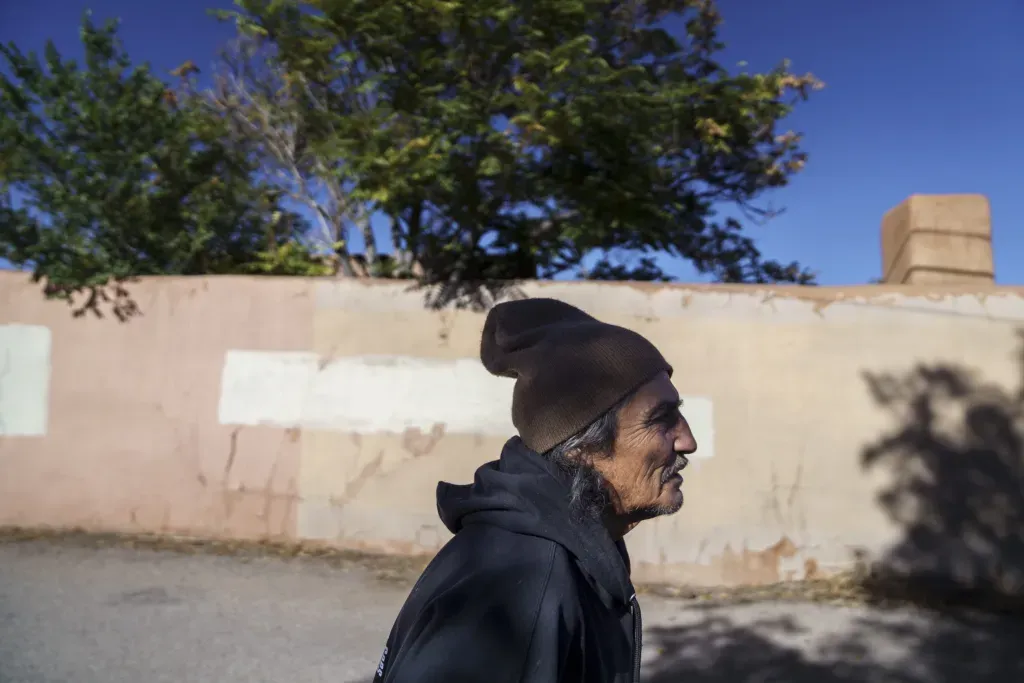
Susanna Space is a reporter for Searchlight New Mexico, a nonprofit, nonpartisan media organization that seeks to empower New Mexicans to demand honest and effective public policy.



